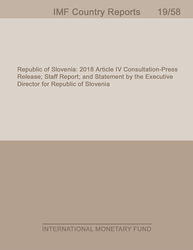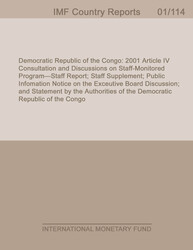
Sweden:Financial System Stability Assessment
Sweden: Financial System Stability Assessment
READ MORE...
Volume/Issue:
Volume 2023
Issue 113
Publication date: March 2023
ISBN: 9798400237553
$20.00
Add to Cart by clicking price of the language and format you'd like to purchase
Available Languages and Formats
| English |
Prices in red indicate formats that are not yet available but are forthcoming.
Topics covered in this book
This title contains information about the following subjects.
Click on a subject if you would like to see other titles with the same subjects.
Finance , Money and Monetary Policy , International - Economics , FSAP bank solvency stress tests , derivative markets activity , coverage ratio , bank resolution plan , liquidity shock , bank stress tests , risk dashboard , commercial real estate , Stress testing , Systemic risk , Fintech , Crisis management , Financial Sector Assessment Program , Global , Baltics
Also of interest
Summary
Sweden recovered rapidly from the Covid1-19 crisis, and GDP reached its prepandemic level in mid-2021. In the context of a robust supervision and regulation framework, the financial sector exited the crisis with substantial capital and liquidity buffers. Going forward, growth is expected to slow amid higher energy prices, tighter financial conditions, and reduced confidence following sharply lower house prices. Given stubborn inflation, the Riksbank has been normalizing rates more aggressively than expected last year. Systemic risks to the financial system arise from (i) high exposure of banks to the commercial real estate (CRE) sector; (ii) limited liquidity in corporate bond markets; (iii) high indebtedness of households and sensitivity to higher interest rates. The banking system is nearly three times 2021 GDP and is interconnected domestically and regionally.
Copyright © 2010 - 2026
Powered by:
AIDC



